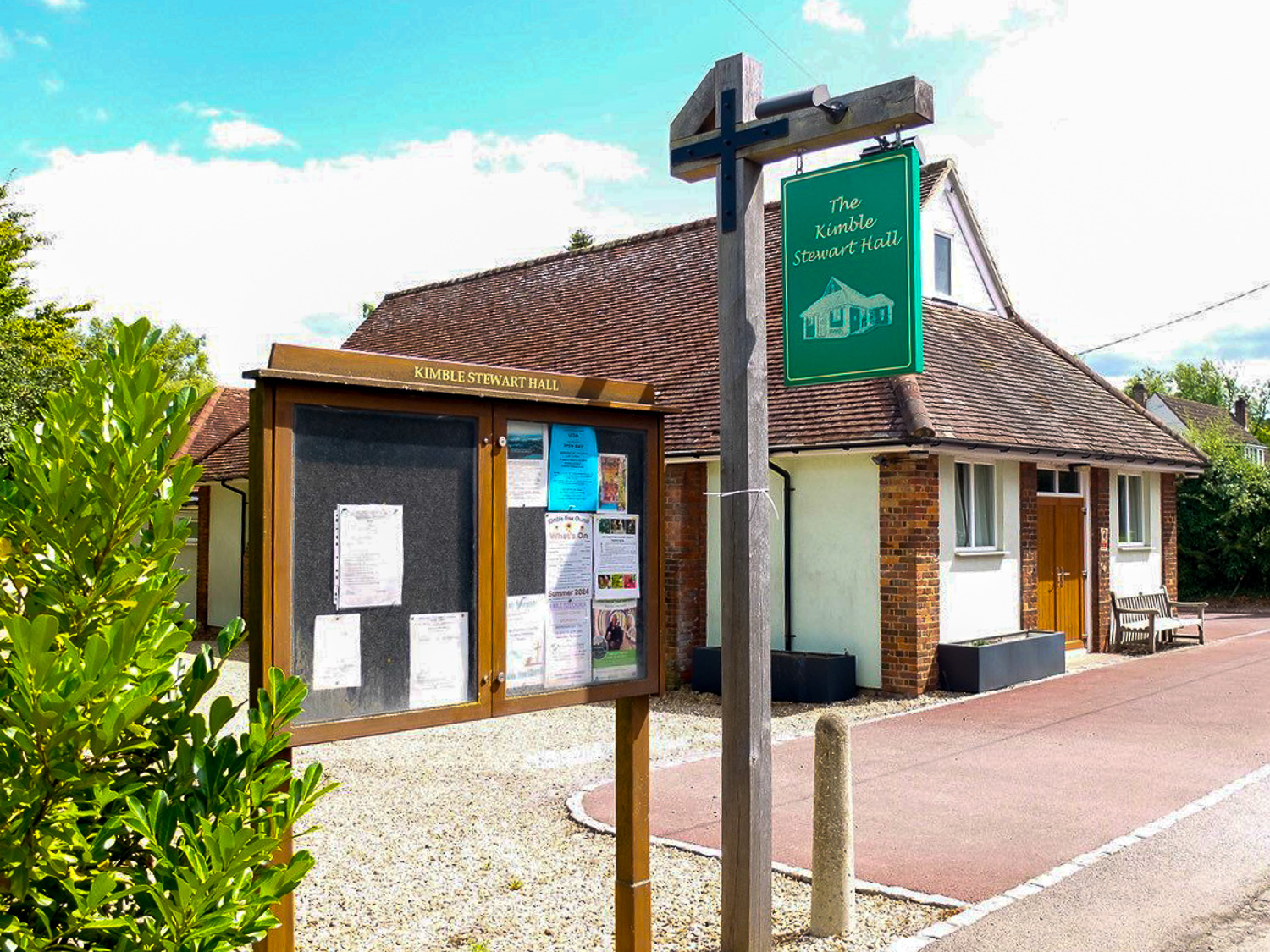Buckinghamshire
Council has approved plans for a new, 250-acre nature reserve in Aylesbury,
just east of the town’s award-winning, nature-rich Kingsbrook
development.
The new
visitor destination, called Kingsbrook Meadows, will be equivalent in size to
around 140 full-size football pitches. It will offer extensive natural
greenspace where residents and visitors can help with the creation of woodlands
and wetlands, allowing them to explore the wildlife as it develops, enjoying
the health and wellbeing benefits of the natural world.
This planning
approval crowns a groundbreaking partnership between Barratt David Wilson
Homes, the Royal Society for the Protection of Birds (RSPB), and
Buckinghamshire Council, who have worked together at Kingsbrook since 2010 to
demonstrate that urban development and environmental protection can
co-exist.
With work set
to start in spring 2026, Kingsbrook Meadows will open in three phases, becoming
home to wetlands, meadows, pools, woodlands, walking trails, gardens, and wild
play area.
The final
phase, due for completion in 2028, will culminate in the opening of a visitor
centre, café and shop, with accessibility at the forefront of its design. There
will also be a dedicated car park on-site. The RSPB will manage the site once
complete, adding to the 220 existing sites it manages across the UK, creating
local employment and volunteering opportunities.
Over half of
the new site, 168-acres, is classed as a Suitable Alternative Natural Greenspace (SANG),
which is a designated area of open green space designed to reduce the impact of
new housing developments on protected natural areas.
The first SANG
in the north of Buckinghamshire, Kingsbrook Meadows aims to offer an attractive
and more accessible alternative to ease recreational pressures from visitors
and dog-walkers on Ashridge Commons and Woods within the Chilterns Beechwoods
Special Area of Conservation. The new site will be protected in perpetuity for
at least 80-years.
Cllr.
Peter Strachan, Cabinet Member for Planning at Buckinghamshire Council, said:
“Buckinghamshire
is a beautiful, nature rich county, and it’s important we protect it as best we
can whilst also playing our part to meet the government’s new housing targets.
Kingsbrook Meadows is a great example of how by working together, collaboratively
with like-minded strategic partners, sustainable development can be
achieved.”
Cllr.
Carl Jackson, Cabinet Member for Environment, Climate Change and Waste at
Buckinghamshire Council, added: “Kingsbrook
Meadows will offer a sanctuary for those who enjoy the natural environment,
providing a peaceful place to walk, exercise, explore, and take the dog for a
walk. This site has been designed to benefit local residents and visitors while
protecting wildlife.”
Martin
Randall, Operations Director, RSPB, commented: “We’re delighted to have reached
this important milestone in the creation of an exciting new nature inspired
visitor destination which will be a welcoming place for all. Nature is for
everyone, and we want this ethos to be at the heart of Kingsbrook Meadows, with
all the social, health and wellbeing benefits that brings. We are very much
looking forward to work getting underway in the coming months and sharing more
information about the exciting developments. As work progresses, there’ll be
plenty of opportunities for people to get involved and find out more along the
way.”
Jo
Alden, Project Director at Barratt David Wilson North Thames,said: “Approval for Kingsbrook Meadows
is fantastic news for both residents at Kingsbrook, and the wider community and
we are excited to start work. This opportunity shows the power of partnership
and has only become a reality because Barratt David Wilson, Buckinghamshire
Council and the RSPB all share the same values. Once again, we are proving that
new homes and nature can work together through collaboration, with strategic
and well thought out placemaking.”


